History of Robertson Screws
If something that can distinguish the Canadian hardware industry from American then it is the Robertson screw, which is also known as the square socket screws and Scrulox.
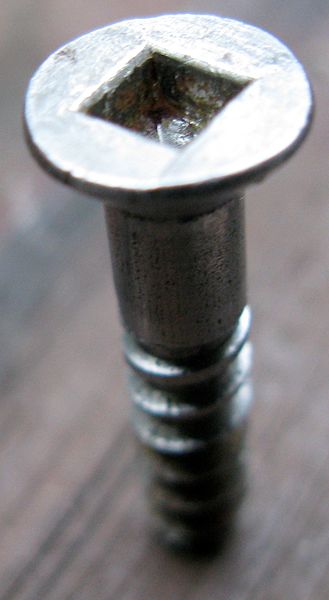
This is one of the highly popular specialized screws, which features a square-shaped socket on its head and the protrusion on the tool is also square-shaped. Both parts of the screw feature a taper, thereby enabling the fastening work much faster and easier as well. Besides, such features also help the screw to stick to the tool tip without any manual support.
In this edition, we’ll be discussing about the history of Robertson screws, which are commonplace in Canada. Read on!
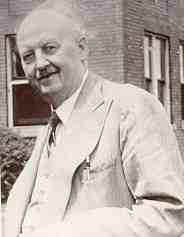
It was a pleasant summer day in 1906, when businessman, Peter Lymburner Robertson was exhibiting a spring-loaded screwdriver before his clients. Accidentally, the driver slipped and he eventually cut his hand. This particular incident provoked him to invent a more advanced screwdriver and some definite set of screws, which could fit this driver. He invented the socket head screw, which revolutionized the entire hardware industry.
Thus, the Robertson screws – the best-kept secret outside of Canada were conceived and became a huge hit soon after it hit the market.
These fasteners are arguably considered as the biggest invention in the fastener industry of the 20th century.
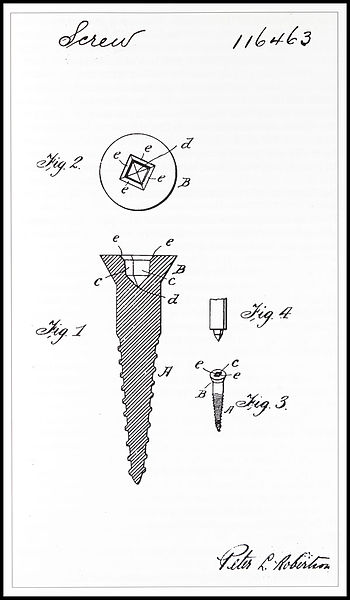
His specially designed square socket screws and the driver gave a tighter grip than any usual slot and rarely slipped. Robertson worked hard on his invention, which addressed all those issues and finally developed a machine to manufacture screws, with such unique designs.
In those days, the newly developed fasteners were soaring high and had almost dominated the entire hardware industry.
They became favorites among the hardware manufacturers and craftsmen, mostly because of their self-centring feature and that they could be easily driven even by one hand. Moreover, they reduced the risk of product damage and increased the productivity, due to which heavy-duty industries were also clinging towards these fastening objects.
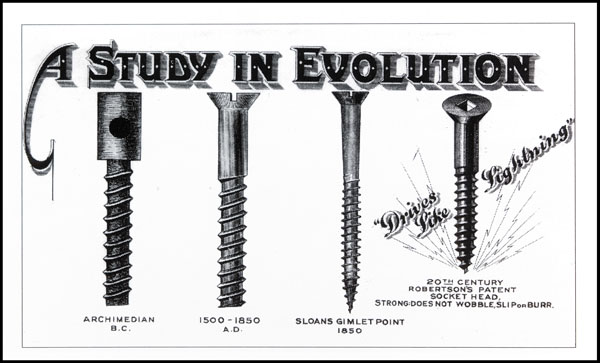
One of the early hotshot clients for these screws was the Fisher Body Company, which used to design wooden body parts for Ford cars in Canada. They used 4-6 gross of Robertson screws in manufacturing Model T and they even convinced the Father of these fasteners to invent another specialized type i.e. socket screws for metal, so that they could easily match with the metal body parts of Model A, launched by Fords during that period.

But have you ever thought any brand, which became such a huge success didn’t go beyond the boundaries? Why those screws were not found outside of Canada, when they were so much good enough for manufacturers like Ford?
By going deeply into this factor, inventors/designers can learn a great lesson.
When Ford was testing the Robertson screws to employ with their assembly line, they discovered that by using those advanced fasteners, they could actually save up to 2 hours of their assembly time per vehicle.
And in order to protect this huge advantage, they made a license agreement with Robertson, stating that he won’t be having any ownership of his screws in future, so that he couldn’t sell his patent items to other companies.
However, Robertson had slowly expanded his business to Europe, but to his bad luck, World War 1 broke out and his Europe project faced a huge setback. He still emerged as a winner, as this time he was flying high with a blossoming project and felt that signing the agreement with Ford would be in best of his interests.
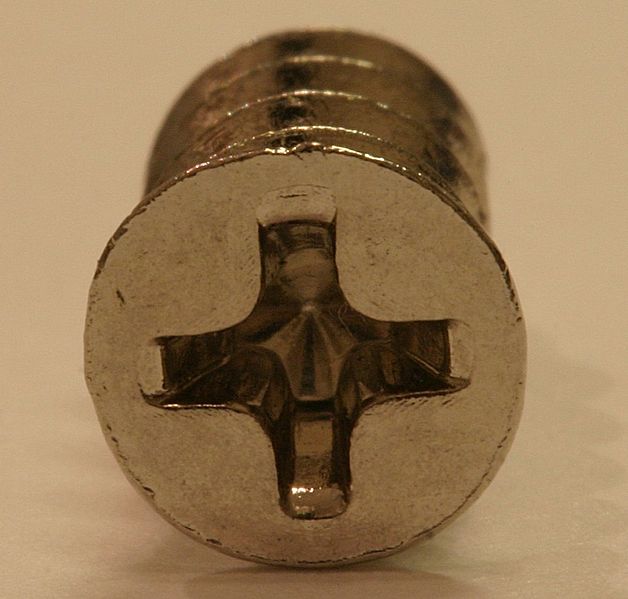
As legend goes, somebody else rises and bites the dust. Few years later, another big name rose in the market by the name of Phillips.
Robertson ran his Robertson Screw Company till his death in 1951. Today, this company has grown over 600 employees, with 120 of them belonging to his hometown Ontario in Milton.
Leave a Reply